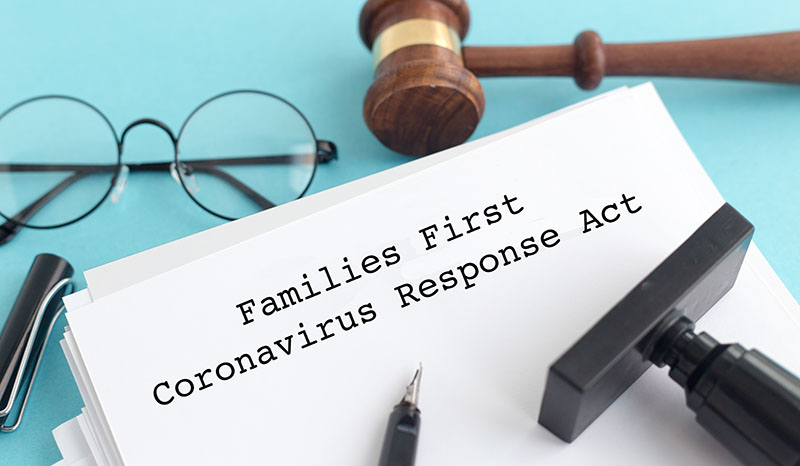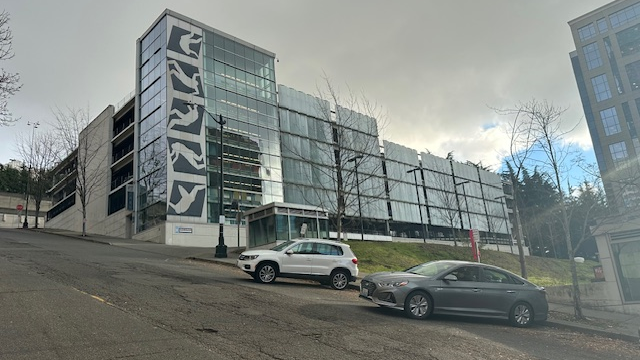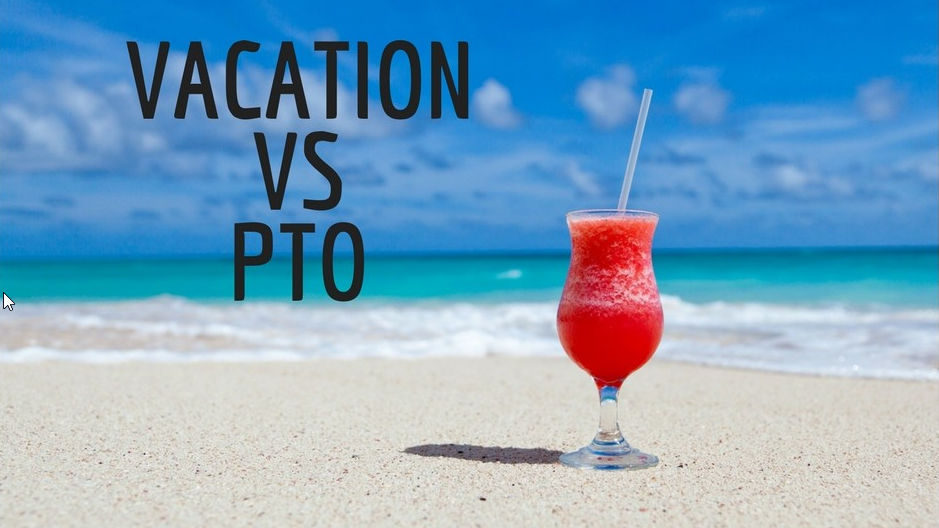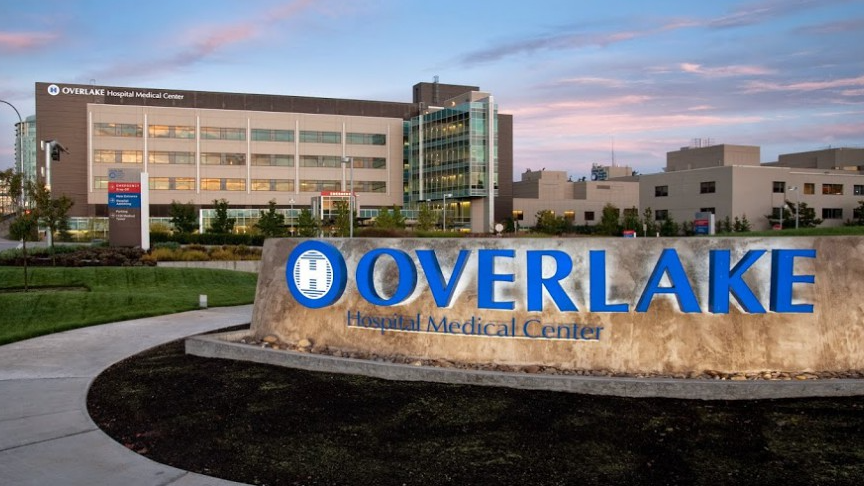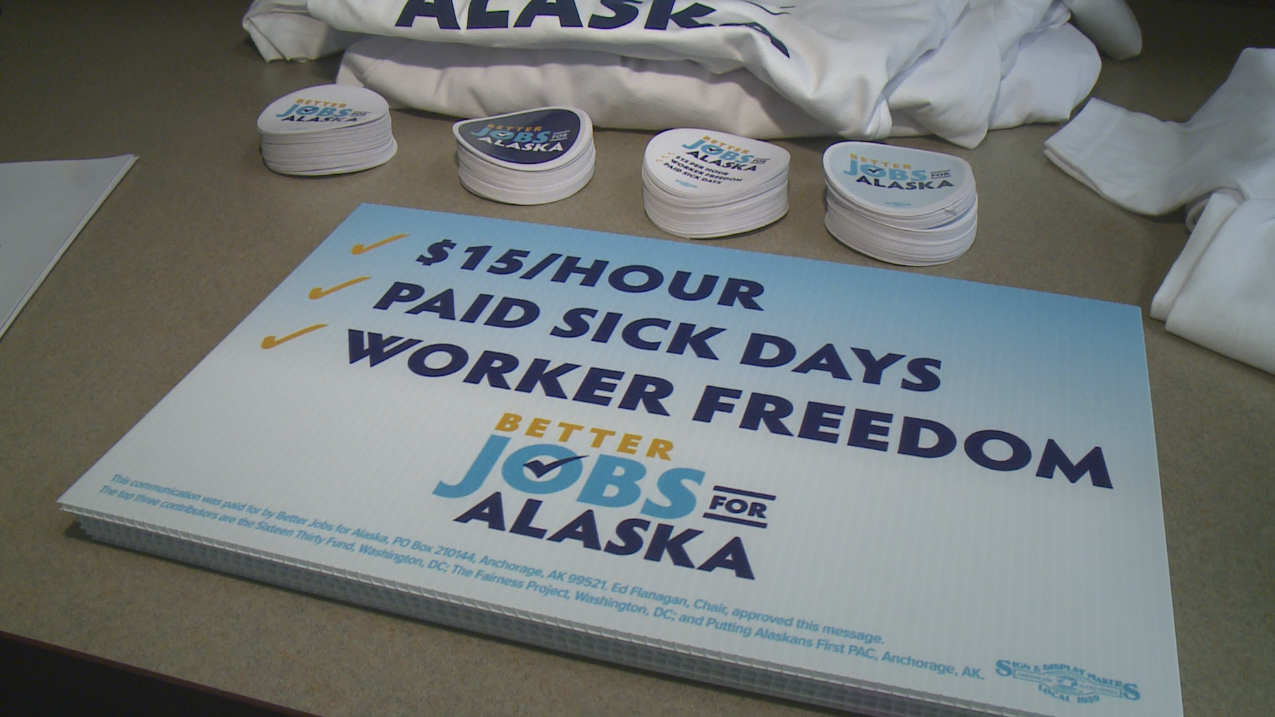The original Family First Coronavirus Response Act expired on December 31, 2020, requiring employers with 50 -500 employees to provide paid sick leave and expanded family medical leave. The Appropriations Act signed on December 20, 2020, while extending the tax credit companies can receive until March 31, 2021, changed the program to be voluntary. This means it is up to the company to decide if they want to continue to offer this emergency paid sick leave and expanded family medical leave. In addition, if an employee already exhausted their 80 hours of Emergency Paid Sick Leave in 2020, they do not receive any additional leave with the extension.
States and other municipalities may have their own paid sick leave laws. Oregon offers additional help for employees who do not have other employer-provided paid time off through its COVID-19 Temporary Paid Leave allowing for up to $120/day for 10 working days to quarantine or isolate. Washington offers Paid Family Leave and Paid Family & Medical Leave for those who have worked 820 hours for any Washington state employer in the last year.
In September 2020, California expanded on FFRCA to include employers with over 500 employees. On January 26, 2021, Los Angeles County and Sonoma County voted to expand and extend their supplemental paid sick leave (SPSL) ordinances which expired at the end of 2020. Originally, the ordinance applied to employers with 500 or more employees in the county’s unincorporated areas. As amended, because of the expiration of FFCRA, the law will now apply to all employers. For employers that were not covered under the initial law – those with 499 or fewer U.S. employees – the law’s requirements apply retroactively to January 1, 2021. Again, if an employee already used the SPSL benefit, they do not get more. For LA County, this provision applies “until two calendar weeks after the county’s COVID-19 local emergency ends.” Sonoma County’s ordinance goes through June 30, 2021. Click here to look at other extensions and expansions of SPSL in other municipalities in California.
Finally, the IRS gave reporting instructions in IRS Notice 2020-54 to report wages paid for leave taken under FFCRA on employees’ W-2 forms. W-2s which are required to be provided to employees by Jan. 31, may have to be corrected if they’ve already been issued. Pay for either type of FFCRA wages should be reported separately from regular wages, on Box 14 of the W-2, or on a separate statement provided concurrently with the regular W-2, according to this guidance. This should be done irrespective of whether they are being reimbursed for these wages by way of the FFCRA tax credit.
One common myth is qualified family-leave wages and qualified sick-leave wages are excluded from FICA wages for purposes of Social Security taxes. It is true these wages are excluded for the employer portion of Social Security tax. However, they are included in wages for purposes of employee Social Security tax, as well as the employer and employee shares of Medicare taxes.
These different leave options may require different Pay Classes when tracking time and attendance or processing payroll. If any of these scenarios apply to you, contact Time Equipment Company at sales@timeequipment.com or 800-997-8463 to review your payroll options or support@timeequipment.com to review your current configuration.
*This information simplifies complex Acts as it is understood by Time Equipment Company. It is not to be taken as legal advice. The regulations for this program are changing. For further information about the Family First Coronavirus Response Act please visit www.irs.gov or www.dol.gov


